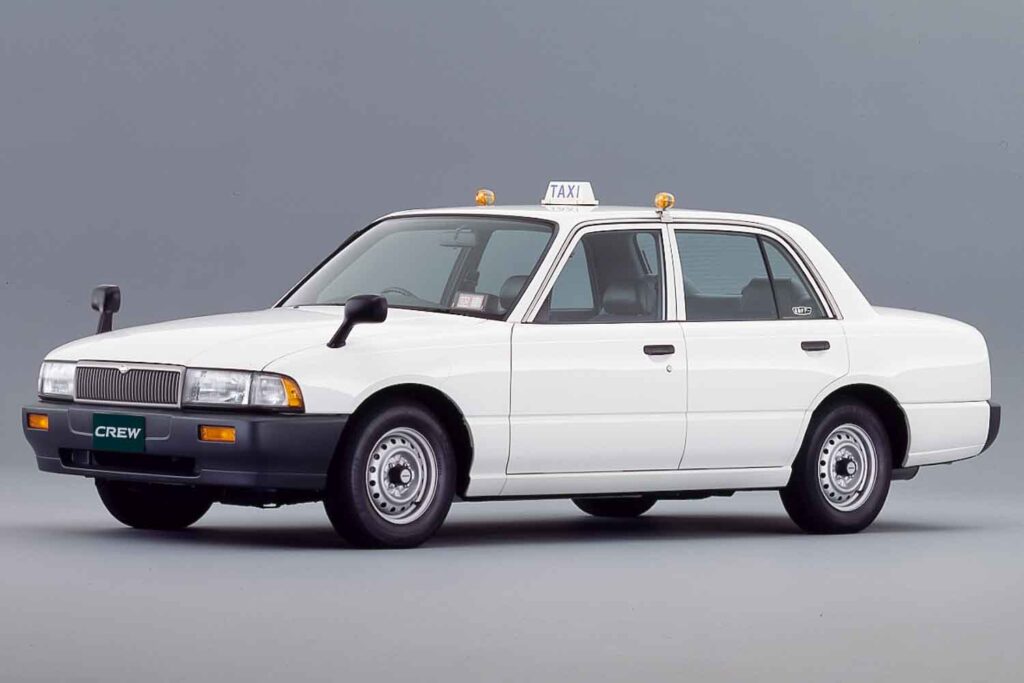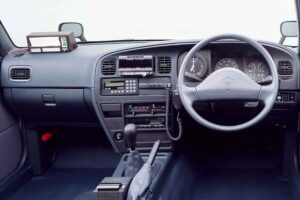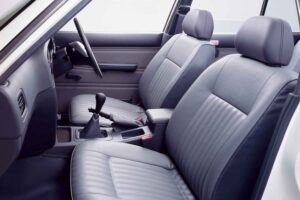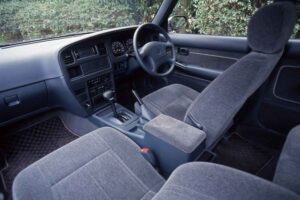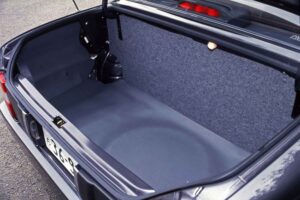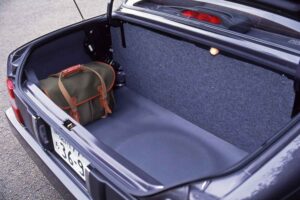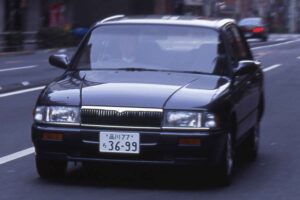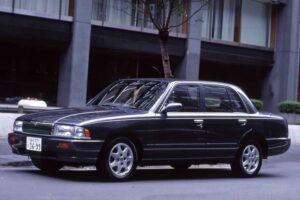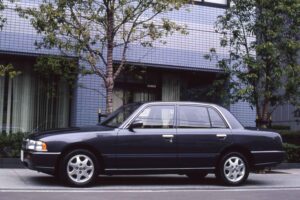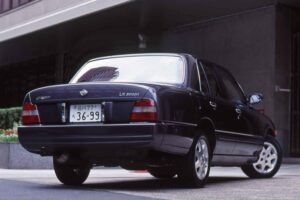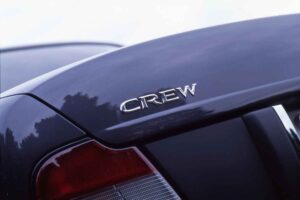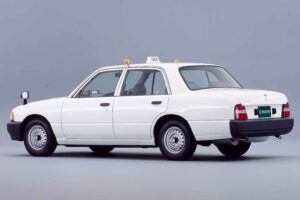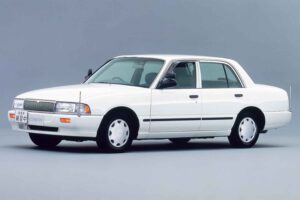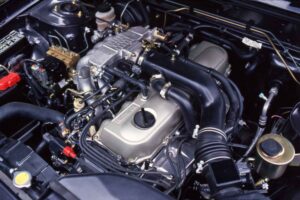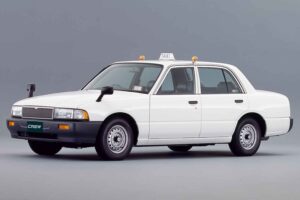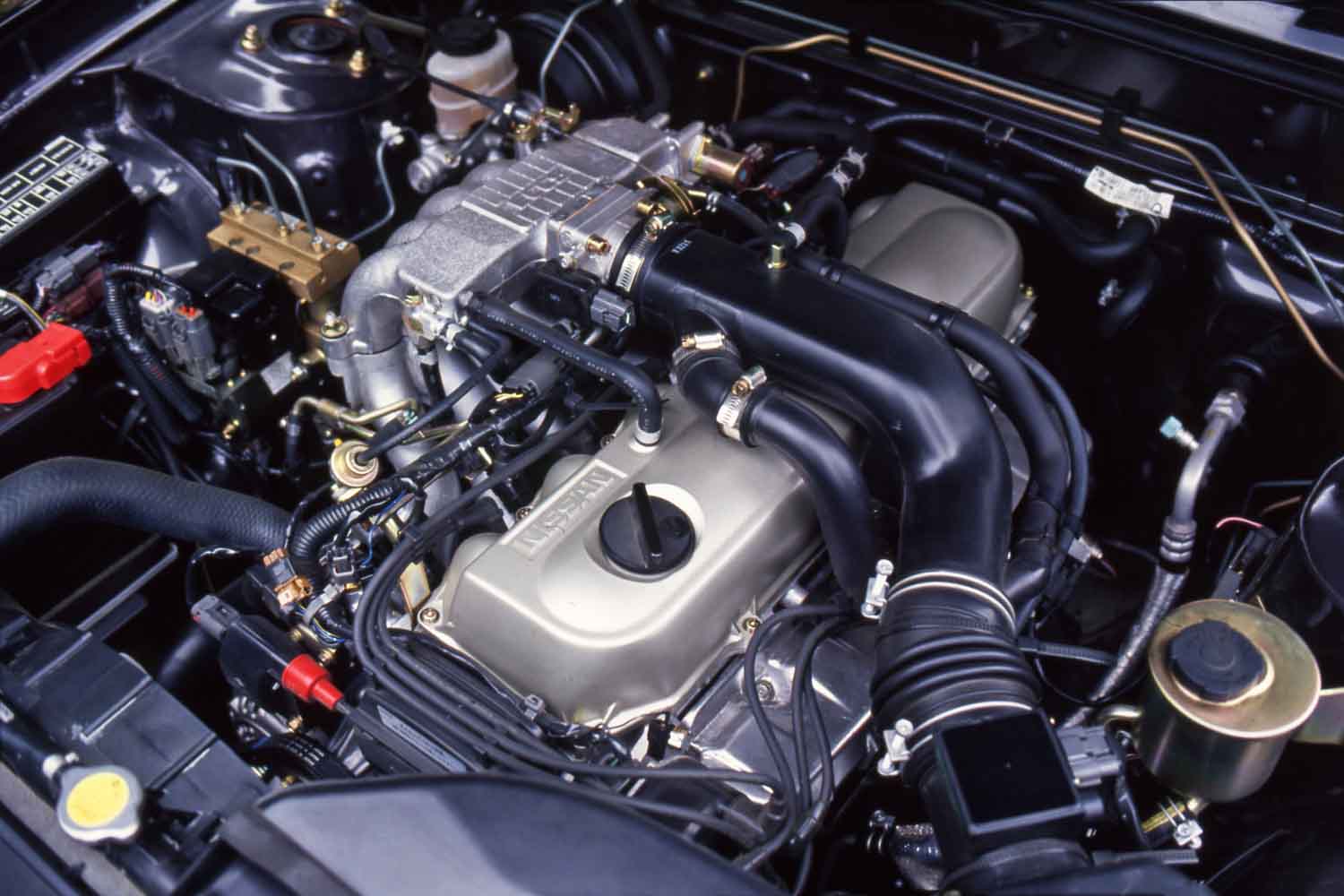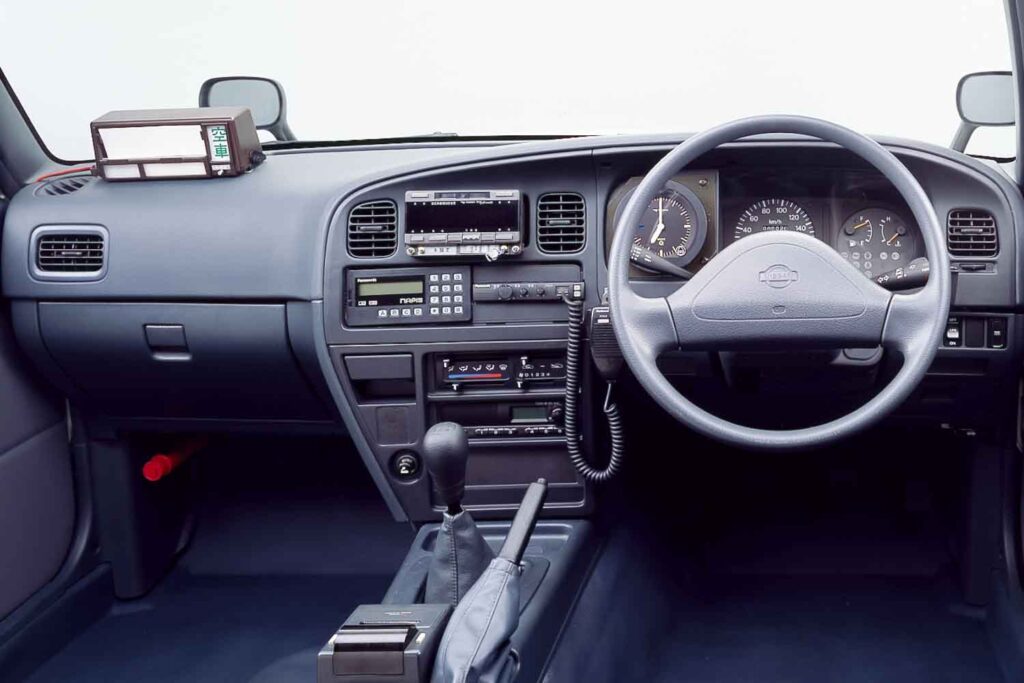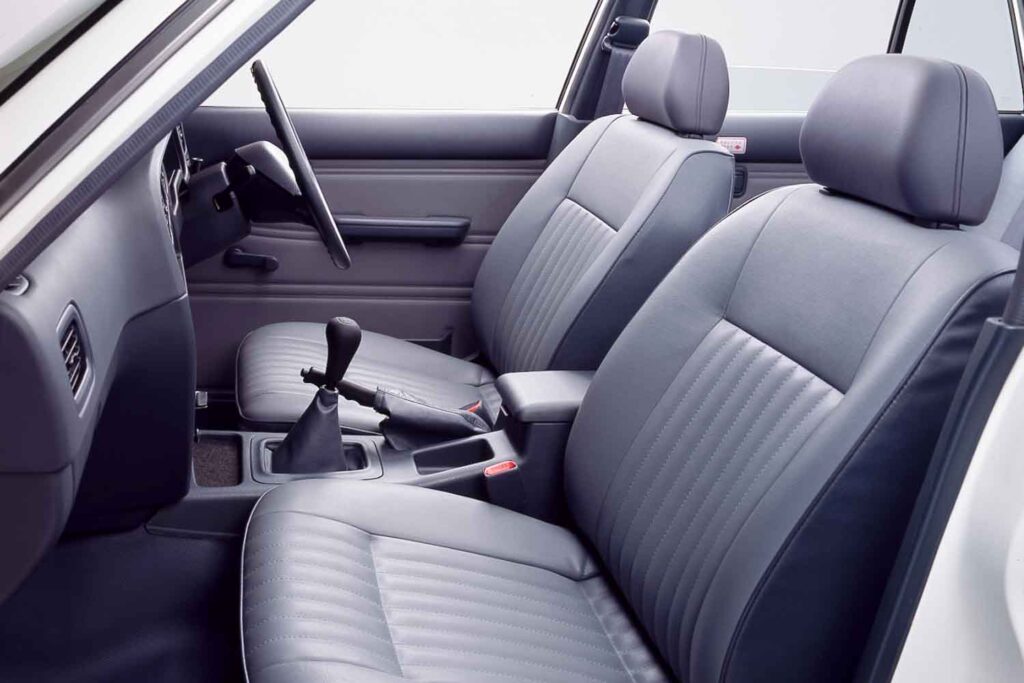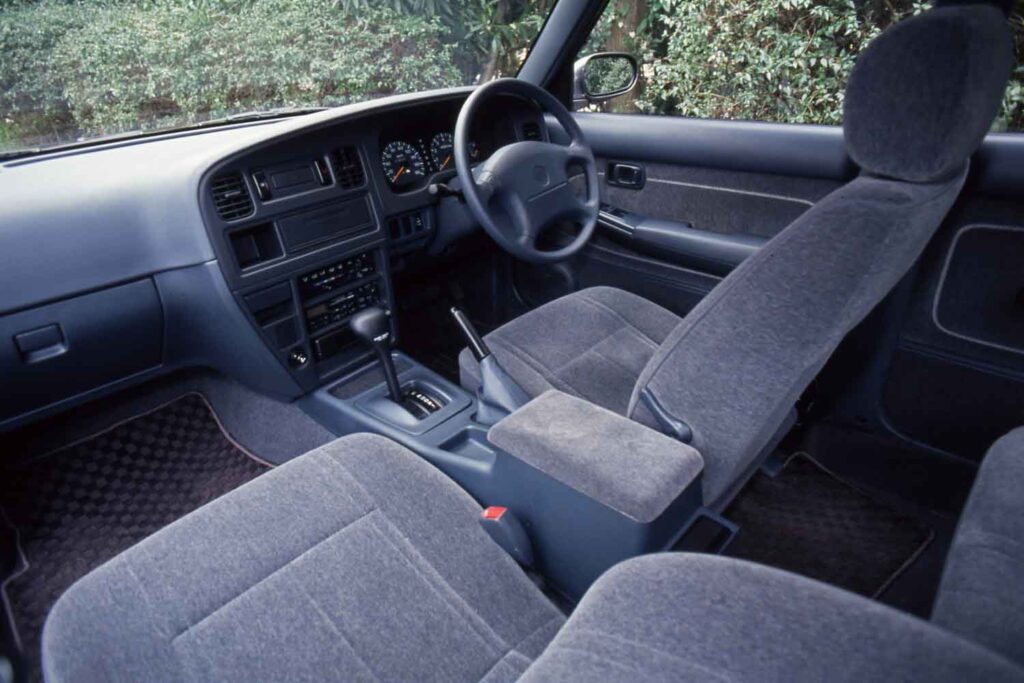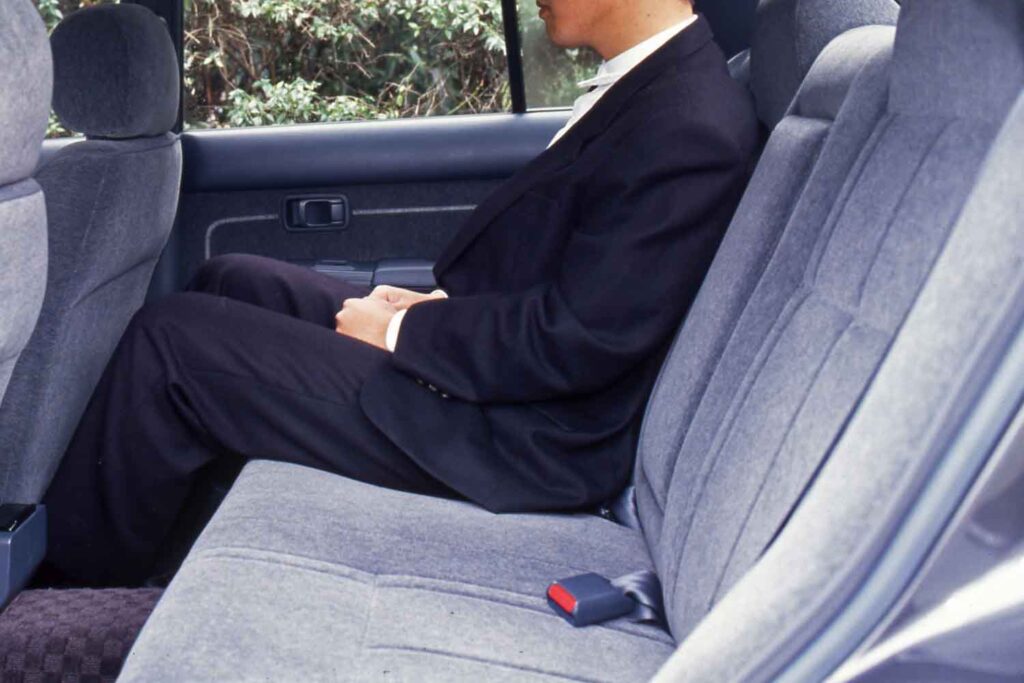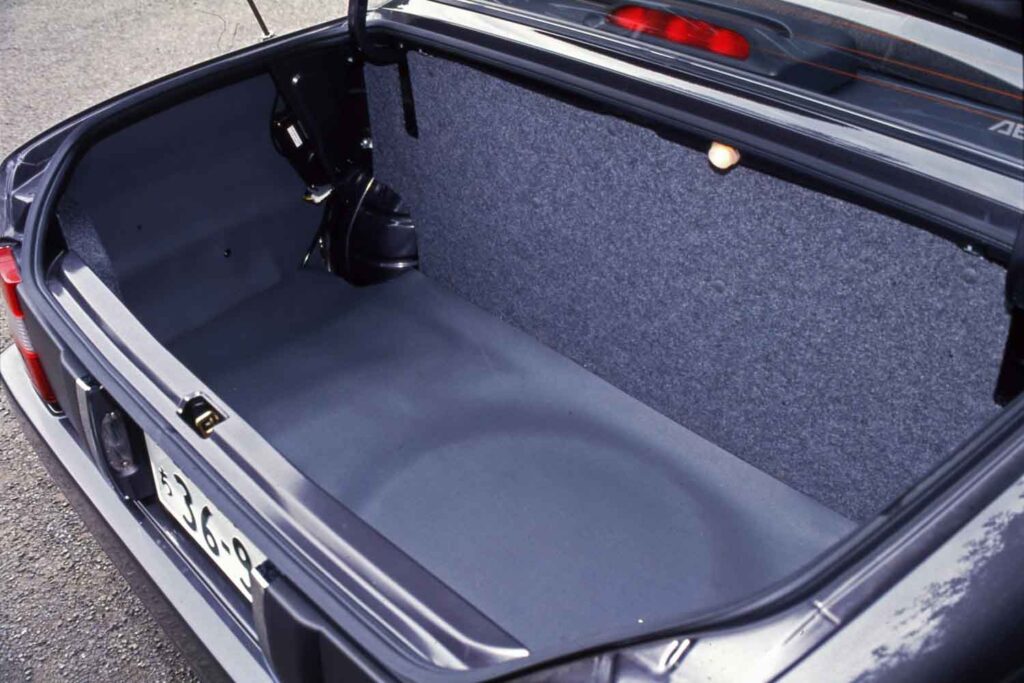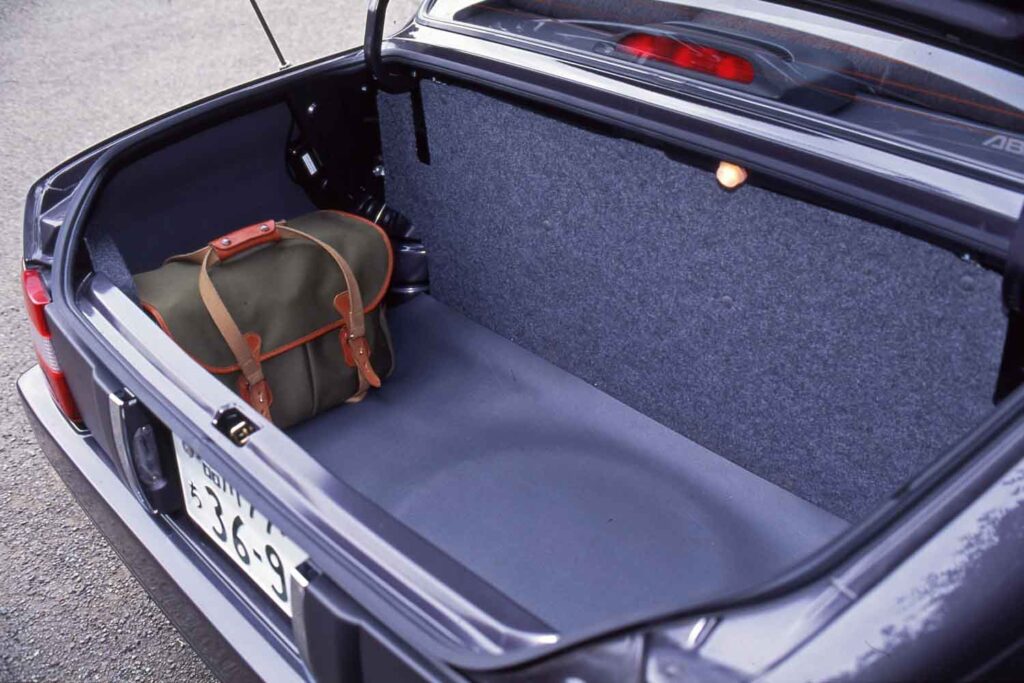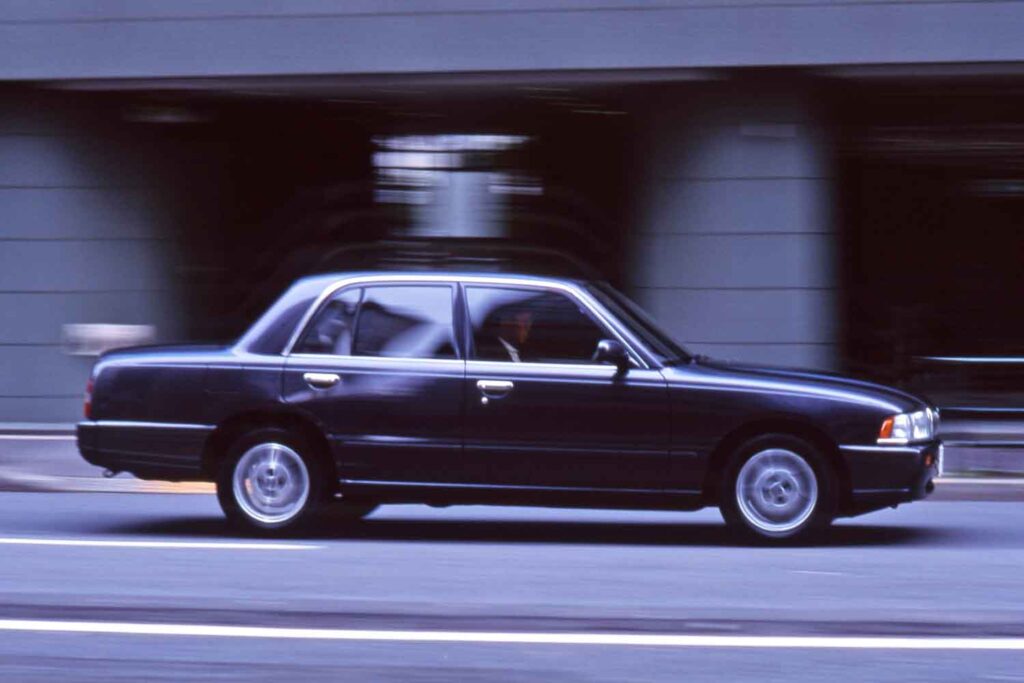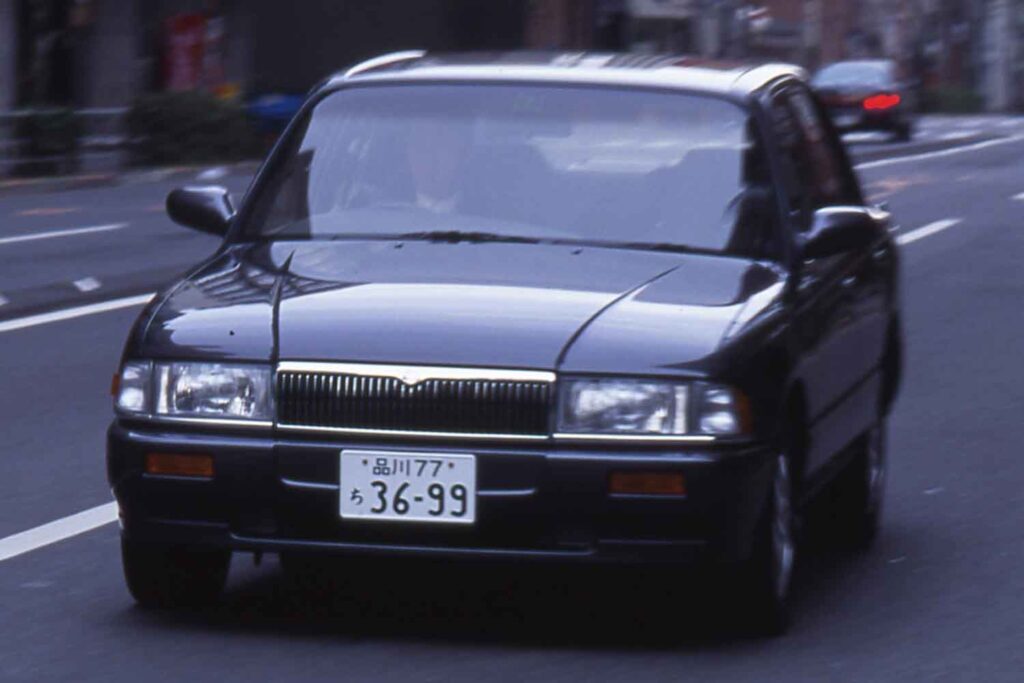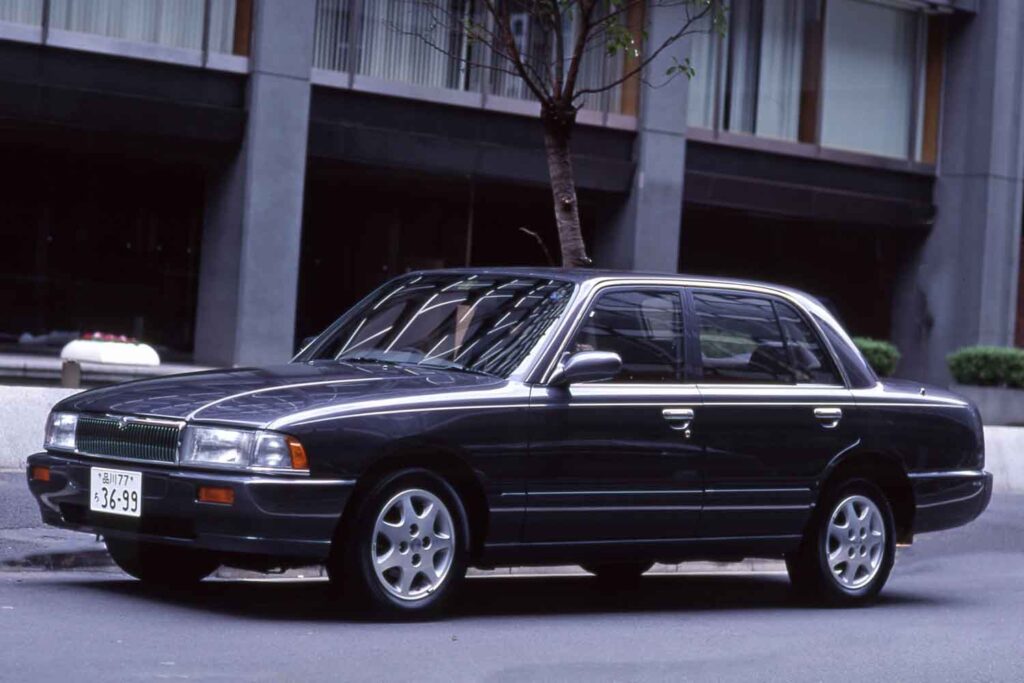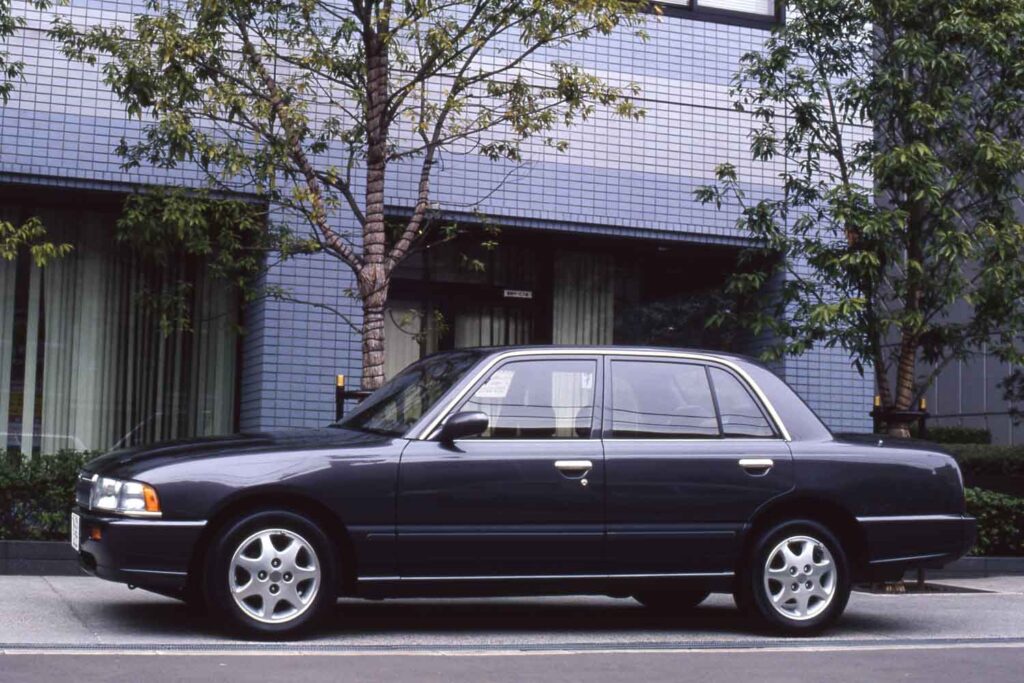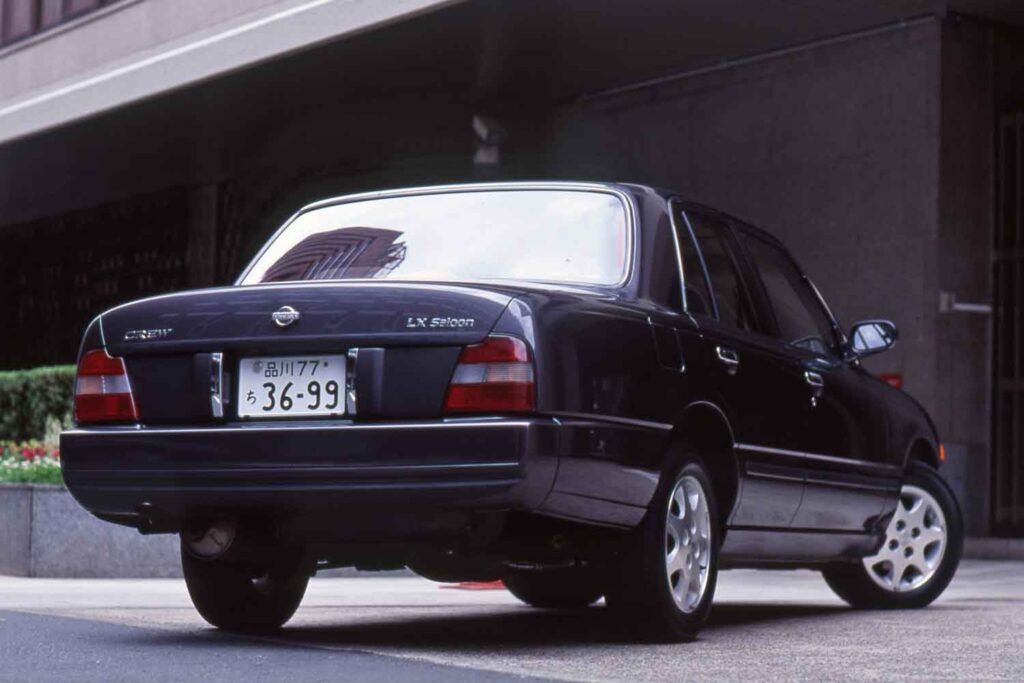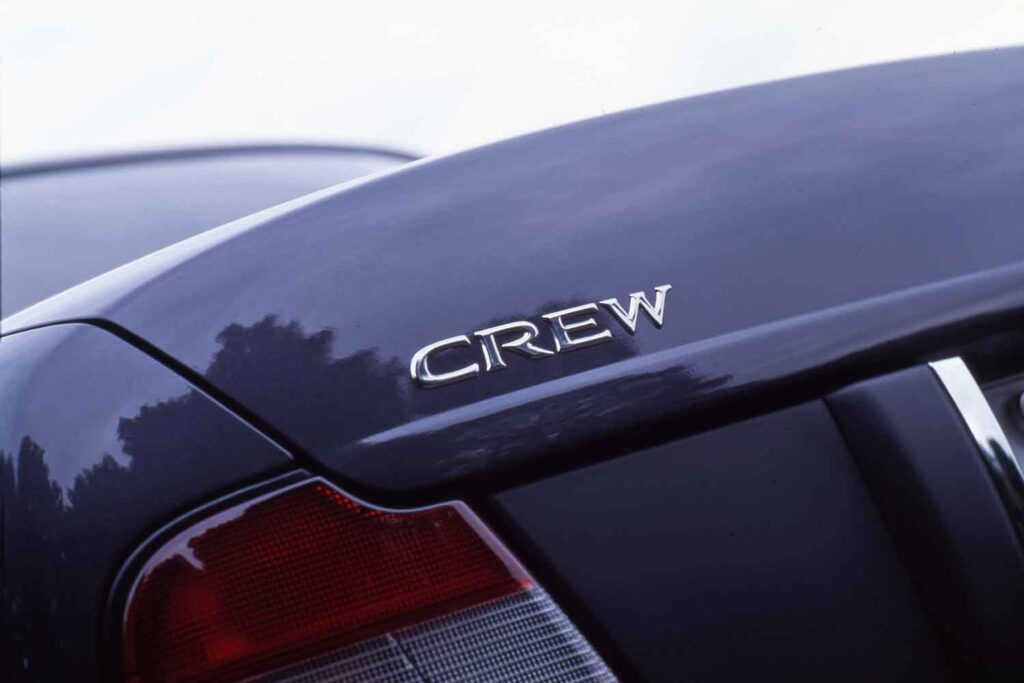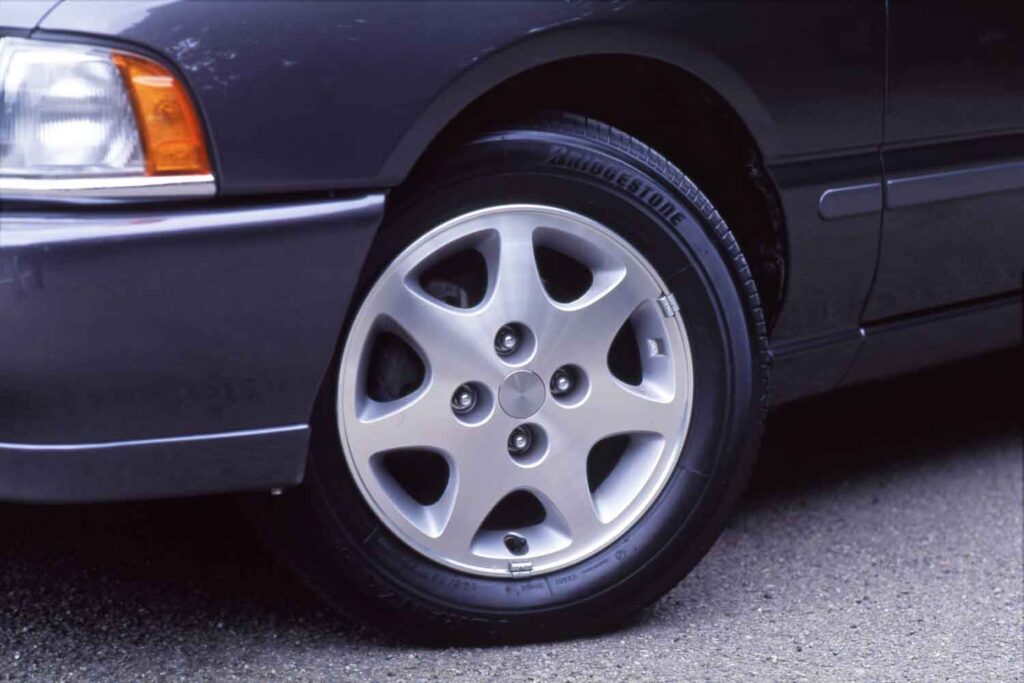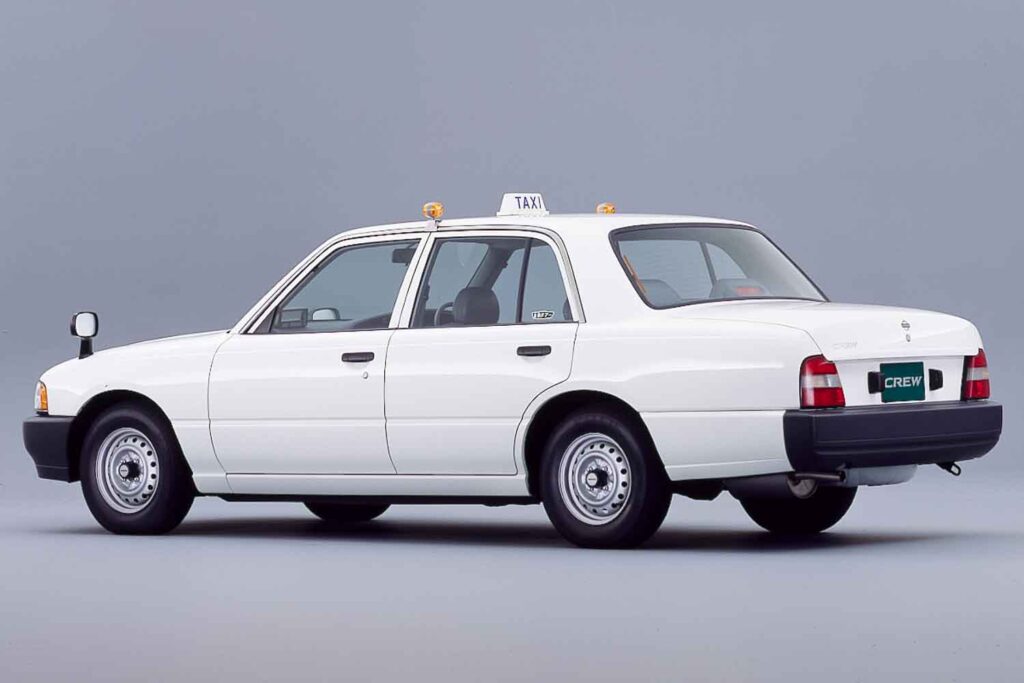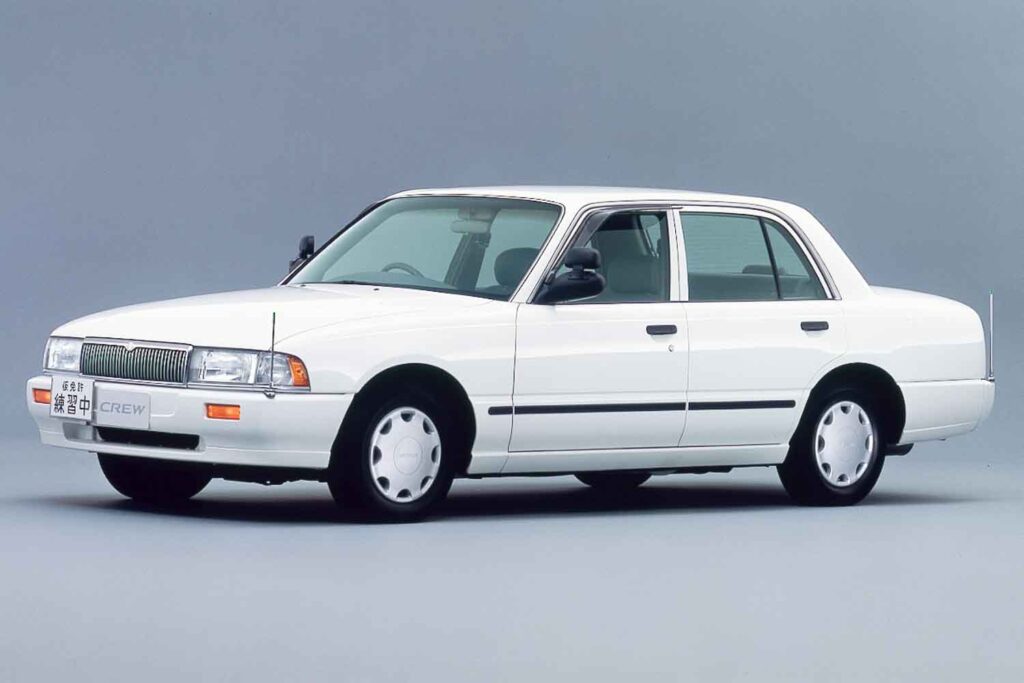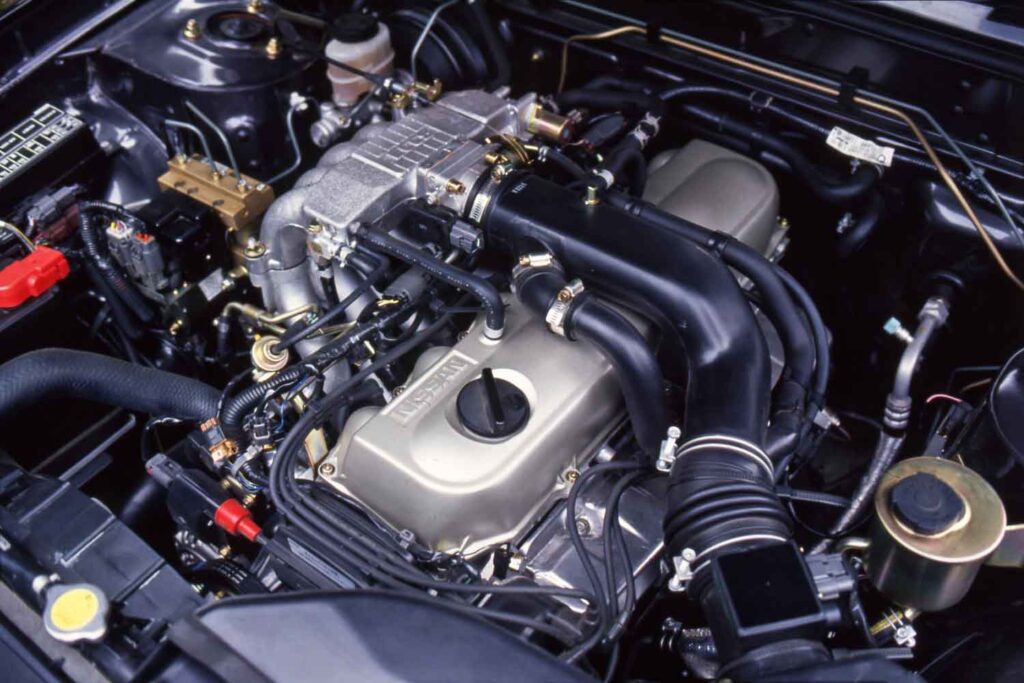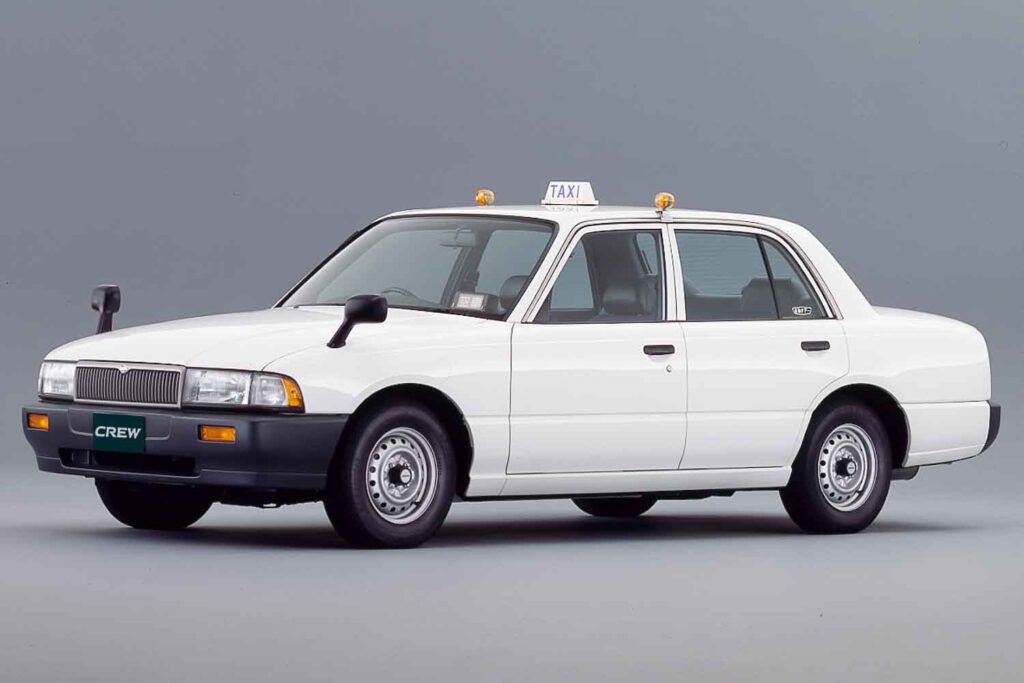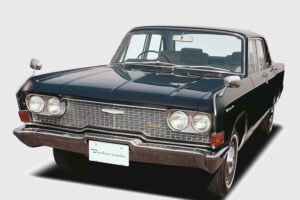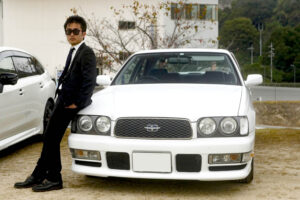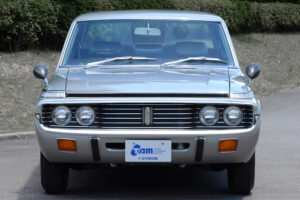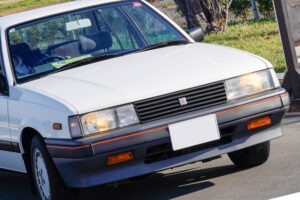There was a time when it attracted the attention of drifters
The Nissan Crew debuted in 1993 as the successor to the Nissan Laurel (C32) and Bluebird (910) as a dedicated taxi model. The key feature of this model was the enlarged opening dimensions and maximum opening angle of the left rear door, to enhance its convenience as a taxi. Later 1994, a private-use model, the Crew Saloon, was introduced.
This model was more dedicated to taxi use
Today, more and more taxis seen on the streets are of the tall type or minivan type, such as the Toyota Japan Taxi, but until a decade ago, it was commonplace for taxis to have a sedan-type body, with or without a sedan. This is why it was natural for manufacturers to offer models of sedans that were designed to be used as taxis, and the Crew, which Nissan announced in July 1993, was a model that was born with the main purpose of being used as a taxi.
Taxi-specific models such as the Custom Cab, released by Mazda in 1989, and the Toyopet Master, released by Toyota in 1955, were also available, but the Nissan Crew was more specifically designed for taxi use.
The features of the Nissan Crew included an unusually high overall height for a sedan of the time, and a style in which the glass at the four corners was positioned as upright as possible to achieve a wide and long interior space, while keeping the body size within the small taxi frame. In addition, the left rear door, which was basically used for getting in and out of the car, was enlarged by 50 mm in the front-rear direction, giving priority to user-friendliness rather than appearance.
As such, the Crew was initially available only in 2L LPG and 2.8L diesel versions, but in January 1994 the Crew Saloon series was added for general users. This was targeted at older users who wanted a less glamorous, less formal sedan with a compact size, and more robust quality, and was equipped with the new RB20E engine, a 2-liter in-line six-cylinder petrol engine.
Mitsuoka then took notice of the crew saloon’s classic cabin styling and released the Galue in February 1996 (after the Y34-based Galue II appeared at the end of 1999, sold together as the Galue I). The exterior of this model was modified to resemble British cars from the 1960s.
The Crew saloon for private cars disappeared in the summer of 2002, but the Crew as a business car continued to be produced until the summer of 2009 and was used extensively for applications such as taxis, training cars, and police cars.
In this way, the Crew was originally created as a serious business sedan, but in the early 2000s there was a period when it attracted the attention of drifters as a model with an RWD layout and a genuine five-speed manual transmission line-up in a compact size, which had already become rare.
Saloon petrol models, in particular, were equipped with the RB20 engine, and some tunings replaced it with a higher engine, the RB25 series or the RB26DETT used in the Skyline GT-R, but in recent years the base car itself has become scarce, perhaps because of the scarcity, However, the opportunities to see such tuning vehicles have been drastically reduced, probably because the base vehicle itself has become scarce.
translated by DeepL





